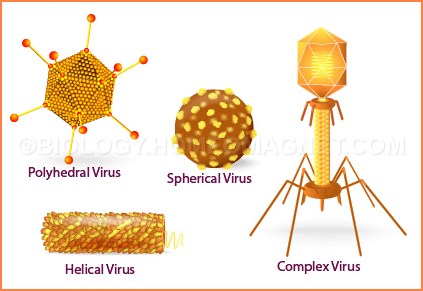Botany Related Pages:
- Botany
- Taxonomy
- Cell Fractionation
- Tracer Techniques
- Herbarium
- Plant Kingdom Classification
- Virus
- Structure of Virus
- Viral Infection
- Viral Replication
- Bacteria
- Classification of Bacteria
- Bacterial Cell Structure
- Reproduction of Bacteria
- Helpful Bacteria
- Others Helpful Bacteria
- Fungi
- Classification of Fungi
- Uses of Fungi
- Algae
- Red Algae
- Brown Algae
- Green Algae
- Economic Importance of Algae
- Lichens
- Moss Plant
- Non flowering Plants
- Plant Growth
- Plant Growth Regulators
- Macronutrients for Plants
- Micronutrients in plants
- Plant Movement
- Plant Tissue
- Simple tissue
- Vascular Tissue
- Vascular Bundle
- Tree roots
- Root Function
- Plant stem
- Nature of plant stem
- Function of Stem
- Stem Modifications
- Aerial Stem Modifications
- Sub Aerial Stem Modification
- Tree Leaves
- Anatomy of Leaf
- Chloroplast
- Chlorophyll
- Plant Fertilization
- Pollination
- Cross-pollination
- Plant Breeding
- Plant water relation
- Ascent of Sap
- Transpiration
- Affecting Factors of Transpiration
- Types of Fruits
- Seed Structure
- Seed Germination
- Types of germination
- Dispersal of Seeds
- Types of Flowers
- Flower Parts
- Floral Diagram
- Calyx
- Corolla
- Inflorescence
- Minerals Nutrition
- Auxin
The literally meaning of the ward virus is poison and the term virus is in fact a Latin word. Viruses are ultramicroscopic infectious particle, but outside of the host body, they are simply non-living entities and at low temperature they may be crystallized. They can cause serious diseases in plants and animals as well as human beings. Broadly viruses are studied under microbiology. But recently they have been placed under a separate branch of study called Virology.
Viruses are ultramicroscopic infectious nucleo-protein particles that replicate only within the specific living host cell. Alternately, a virus species is defined as a polythetic class of organism that constitutes a large replicating and occupies a particular ecological niche.
What is the nature of Virus?
i) Viruses are non-cellular, ultramicroscopic organisms, which can pass through a bacterial filter.ii) Viruses are obligatory parasites and cannot be grown in synthetic medium.
iii) Viruses do not show regular reproductive activities, but replicate by using components of the body of the host.
iv) Viruses either exist in free condition outside the cell as a non living entity or in the living state within the cell.
v) Viruses are composed of nucleic acid and protein.
vi) Viruses have the capability of synthesizing enzymes like lysozyme and reverse transcriptase.
vii) The DNA or RNA of viruses has the same structure that as higher organism.
viii) Viruses induce diseases to plants and animals.
What is the origin of Virus?
Viruses have the both living and non-living characters. So, the origin of life in a big way is considered to be from virus. At one hand they have no proper cellular structure, but like higher organism they have DNA with the similar genetic code. Four different theories to explain the origin of virus ar as follow:
i) Pre-cellular Theory: - There may be a group of organisms without proper cellular structure, which on one hand has produced the virus with the development of DNA and on the other hand , they form the cellular organism.
ii) Genetic Theory: -There may be a fragment of genome getting separated from the primitive prokaryotic organisms, and it gradually becomes self replicating like episome which develops the infectious nature.
iii) Cell organelle Theory: - Any particular organelle from the primitive prokaryots, gets separated and gradually loses the internal membranous structure, but only retains the DNA/RNA to form virus at a later stage.
iv) Retrogressive Theory: - One primitive parasite gradually shows retrogressive evolution by reduction of the organelle structure and simplification of the membrane forms the virus.
What is the Occurrence of Virus?
In fact the viruses are universal occurrence; they are present in watery, terrestrial and aerial environment. They also may present in the infected cell of the host and the host may be plants, animals and also the human beings. They are also may present in the urine, saliva and faecal matter of animal and human being. They are also present in the infected soils, diseased parts of plants. So the virus can stay everywhere on the earth surface.


